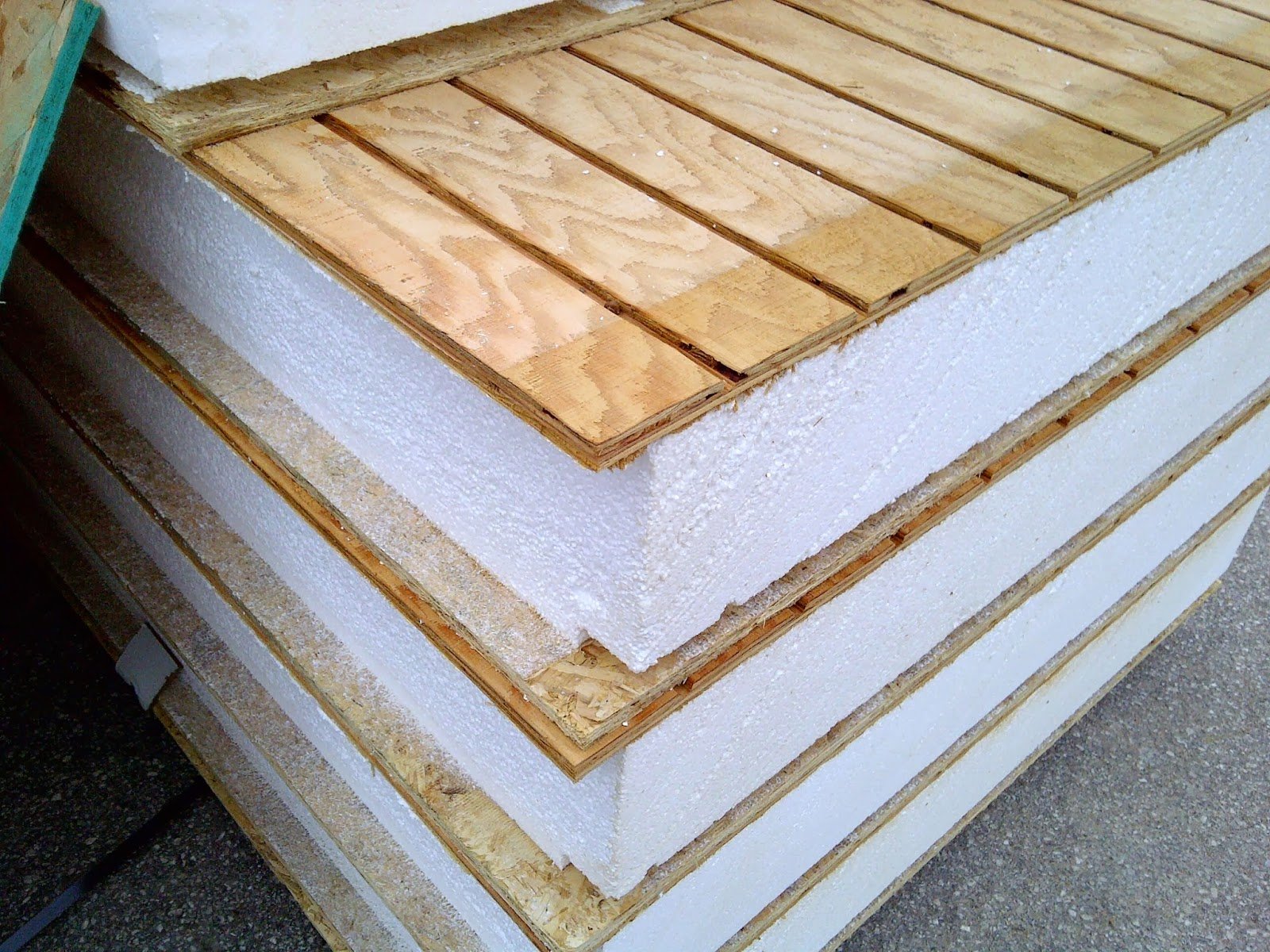SIPs are constructed from 3 essential components. These components are Exposure I Rated oriented strand board (OSB) for the outer surfaces, an Expanded Polystyrene foam core, and a crosslinked structural rated adhesive. The EPS core and the resins are capable of withstanding long-term exposure to moisture. However, the susceptibility to moisture for the OSB is a key item on the durability of a SIP.
The Exposure I Rated OSB is created for limited susceptibility to humidity that can occur during construction, but SIPs must be protected during storage to protect from exposure to rain, snow, and other elements. After installation, the SIPs must be covered with a trivial weather resistive system as early as possible. It is needed to preserve the OSB from exposure to moisture long term. The installation of SIPs and the secondary weather resistive system must not occur while the periods of heavy rain.
Installation details must make sure that the OSB facings and other wood components of the SIP construction are not subjected to humidity over the life of the structure. Moisture vulnerability could be exterior using bulk water getting its way through the siding system or from the interior of the structure in the body of water vapor. To accomplish these potential sources of moisture, proper detailing must be accomplished.
These fundamental detailing considerations help attain the long term durability SIPs:
- Application of manufacturer approved sealant at panel joints. Sealant must always be installed in a sufficient amount and applied in a continuous unbroken fashion.
- Proper use of SIP Tape or vapor retarders as required. Selection and placement are dependent upon building utilization and climate conditions.
- Appropriate use of code recognized exterior weather resistive systems which must contain both a primary and secondary system. The cladding must offer a rain screen design which gives an avenue for water that penetrates the first weather resistive system to drain from the wall. The cladding must be connected to a secondary system that is rated as weather resistant, such as building paper or house wrap products (i.e. Tyvek, house wrap, etc.).
- Proper flashing and detailing of all window cracks and penetrations. Ensure that the detailing of openings is consistent with forming a drainage plane which works in conjunction with the exterior weather resistive system.
Visit Nohara’s website for more on Insulated panels for your home.





